|
Advertisement
|
Cop & Killer
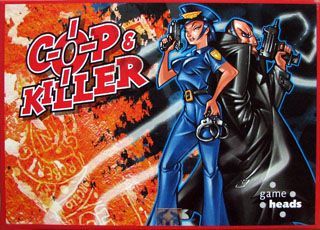
DescriptionDuring the game, players take the role of bystanders, cops, and killers. These secret identities are revealed throughout the course of the game. Cops attempt to make an arrest. Killers attempt to kill their target. Bystanders can help influence the outcome one way or the other. A more informative description: The game comes with a full set of english rules already and its game components are fully language independent. Cop & Killer is an interactive game for up to 10 players, where the gameplay focuses on a Killer trying to kill his Target and the Cop tries to capture the Killer before he is on his victim. At the beginning each player randomly receives hidden an identity marker which identifies him either as the Cop, the Killer, the Target or a Bystander. These identity badges are kept by the players in their hands under the table, and before a game round starts the players can secretly exchange the badges on a one to one base so that nobody knows the true identity of the others. The ID badges come in different shapes to avoid looking at the badges while exchanging them, so that the players know which badge they are holding, so there is no need for them to look at them under the table. When the badges have been assigned by the players, the meeple in form of a bullet is placed on the gameboard and playing commences. In turn, the players now roll a set of a red and a blue dice, and they may move the bullet clockwise around the board for a number of spaces corresponding to the number rolled with one of the dice. During the course of the game, the identities of the players may be revealed, and when this has happened to Cop, Killer or Target their rules for using the dice will be slightly changed. So, the Cop now must use only the blue dice and moves the bullet clockwise, but he may decide to move less spaces than rolled by the dice, to simulate the chosen path of investigation (coffee ? Yes or no?). The Killer on the other hand uses the red dice and must move the exact number of spaces, but he may chose to go clockwise or counter-clockwise. Finally, the Target may use the result of one or both dice and move the bullet clockwise around the board. On the gameboard, the players will encounter a number of spaces which allow them to perform an action, but before describing those actions let me say a little bit more about the mechanics of the gameboard. So, each action space either has a blue or red background colour, depending on whether the action is beneficial for the Cop or the Killer. A player who lands on such a space and performs the action afterwards takes a coin of the corresponding colour, representing either a reward for helping the Police or a bribe for helping the Killer. When the round ends, either the Cop or the Killer will have been successful, earning the player of Cop or Killer one victory point. However, in addition the two players (Bystanders) who helped the successful Cop or Killer most and earned most coins of the winning colour also will be awarded one victory point, and then a new round of play will start until all 10 victory points of either Cop or Killer have been distributed. At this place, it becomes important to notice that the gameboard is double sides and can be flipped from a side depicting the Cop's office to the Crime Scene and backwards. The side with the Cop's office shows more actions which are beneficial for the Cop and the players who have chosen to assist him, whereas the side of the Crime Scene features more red actions which can be used by the Killer and his henchmen. The change of both sides of the gameboard is triggered by one space on each side, featuring either a car key or an office key, and the player who move the bullet onto the corresponding space flips the gameboard over and receives a correspondingly coloured coin. The action blue spaces which are favourable for the Cop and his assisting players are the following: * Circumstancial Evidence: the active player may chose any other player- That player must reveal his identity. On the other hand, the following red spaces are more useful for the Killer: * Informant: The active player may ask an other player whether he is the Target. If this is ture, the Traget must reveal his identity. When Cop or Killer are revealed, they discard all coins they have collected during this round, since from now onwards they are pursuing their own aims which are not quite congruent with those of the Bystanders. However, until then they should collect coins and normal, and they possibly have the chance to put the other players onto a wrong track by the colour of coins they collect. Finally, there are also a blue and a red action space which lead to the climate of the round: the blue Arrest space and the red Assault space. For an Arrest, the identities of Cop and Killer must be revealed, whereas an Assault needs Killer and Target to be revealed. If the Cop or the Killer decide to act, two dice are rolled, and if the acting player (Cop in case of Arrest, Killer in case of Assault) rolls a higher result on his dice than on the other dice, he may shoot that number of arrows with the included Dartgun at a target marker which has been set up at a chosen distance. If one of the darts hits, the round is over and the shooting player and his two best assistants will have won, but if no hit was scored the game continues. However, if the shooting was successful and if, after the distribution of victory points, all ten victory points of one colour have been used up, the game ends and the player with most victory points will have won. Wow, this game plays astonishingly well, and the playing mechanism certainly is not just a vehicle which forms the background for some otherwise senseless dartgun shooting. Quite the opposite, the gameplay is quite multi-faceted and offers a good degree of playing depth which is somewhat counterbalanced by the interactive element of shooting. The guessing and deduction of the players starts at the end of a round when the identity markers have to be exchanged, since no player may keep the badge of Cop, Killer or Target for two consecutive rounds. Depending on the positioning of the players around the table, each player may make some first deductions on who might now have which identity badge. During the game itself, it will be especially the Bystanders who will try to spoil an early victory of Cop or Killer, since they first want to collect enough coins to participate in the distribution of victory points at the end of the round. So, it will always be a few players who want to move for ending the round, while the others want to postpone the inevitable end until the get into a better position themselves. For this reason, especially the Interrogation action is rather useful, since a player who is asked a question is bound to his answer on his following turn. This may lead to a considerable restriction of his actions, depending on the way a question is asked. The extensive care which was put into this game is reflected by the artwork, the components (including a very robust and seemingly durable dartgun from a German manufacture) and the body of the rules. Special provisions for only four players for teamplay with 7 to 10 players are included, as well as a full English version of the rules. Even the details are harmonious, with a real-looking bullet as a playing piece and a carboard-piece resembling a yellow "Police Line" which is used to mark off the line after which the shooter must stand. To my mind, Cop & Killer is a really outstanding interactive group game, and with people who do not mind the somewhat violent topic really thrilling games should be possible. Most of the text is originally written by kulkmanns gamebox as a review by Frank Schulte-Kulkmann on boardgame.de Game DiscussionsAdd CommentYou need to be logged in to comment. Insert Bullet List Please enter at least one item. Item: Item: Item: Item: Item: Insert Numeric List Please enter at least one item. Item: Item: Item: Item: Item: Insert Link Please enter the link of the website Optionally you can add display text Insert Email Please enter the email address Optionally add any display text Insert Image Please enter the link of the image Insert YouTube Video Please enter the link of the video MarketplaceNo listings at the moment. Do you own this game? Click here to list it for sale.
|
Best Sellers
Board Games
|
||||
Latest Searches: EON | hive | Hazard pony | US Marine Monopoly | Monopoly the american")));BEGIN DBMS_LOCK.SLEEP(32); END AND ((("nClb"="nClb | Idiotest test card game | truck games | Jiggin+game | Playskool Heroes Marvel Super Hero Adventures Collectible 5-Inch Hulk Action FigureThank | San Ramon monopoly | spanish version taboo | tomb of doom | Dark emperor | jena | Board bingo | grinch monopoly | Naruto cryptozoic | jonas brothers | Monopoly quad cities on board | arabian nicghts | nerf evad | red steel | kansas city chirfs | cludo | potsdam opoly | loards of water daep | multiple games in bosx | Party | toronto blue jays puzzle | Endgame
All Rights Reserved

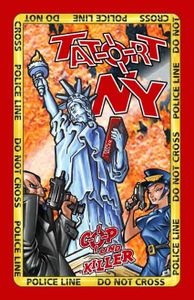
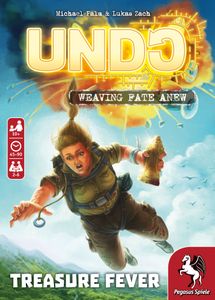

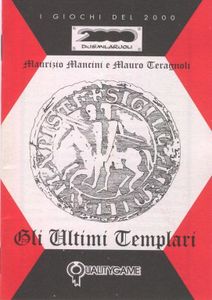
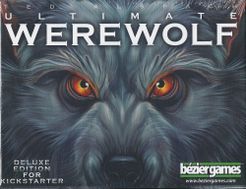

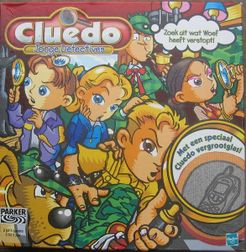
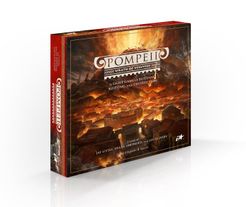
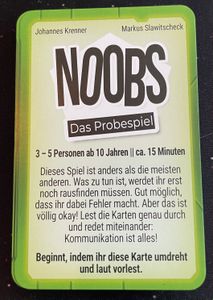


Comments (0)